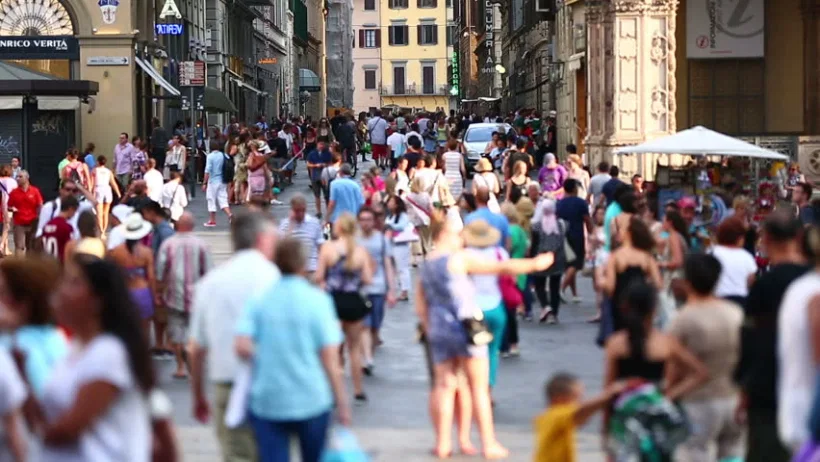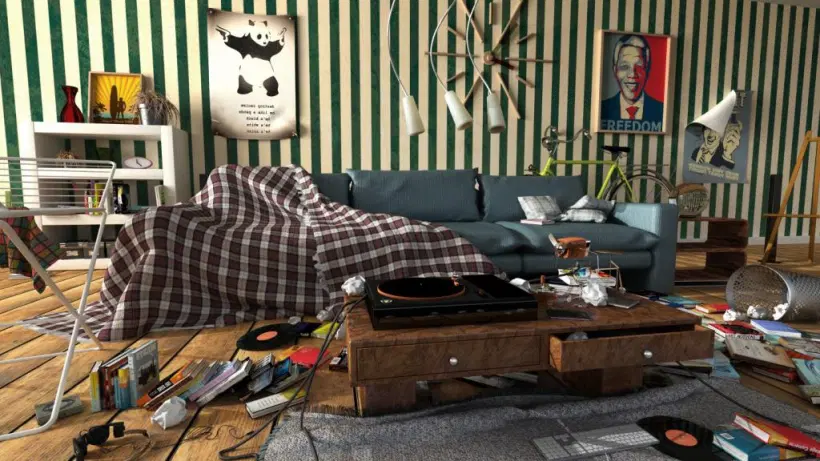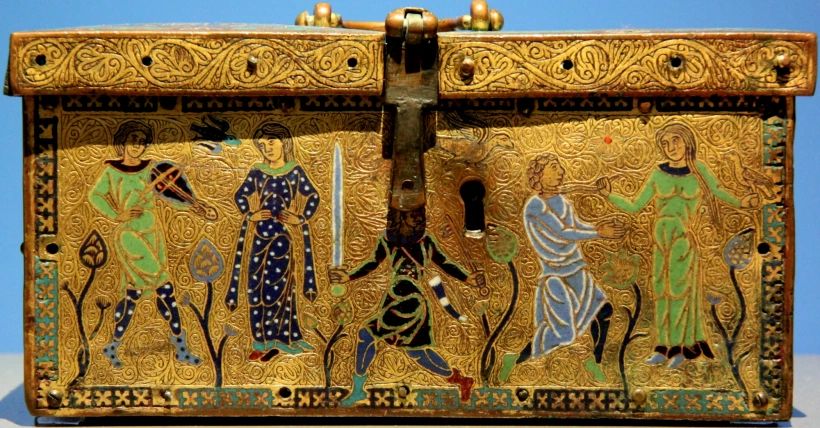
Why are we so happy and engaged with cultural heritage when we are traveling and we are so unresponsive when we are at home?
Concentrated in our everyday buzz, we live floating in a timeless and placeless bubble. Have you ever seen a tourist staring in front of a building that you walk through every day without even noticing its uniqueness? As they wander with exploring eyes, they make discoveries and appreciate every detail. Instead, when we are familiar with things, we don’t value them. Especially in Italy, we are so used to see statues and pieces of art, that we don’t care. But what if we change this approach?
We need to wear the wanderer’s glasses. In every travel guide, the top tourist attractions are museums, statues, buildings, squares, parks. Beyond being an extraordinary opportunity to experience beauty and diversity, seeing those items creates emotional responses that would leave the person with a memory – and hopefully some knowledge about the past and culture of the place – that will last over time. Moreover, such feelings aroused will facilitate emotional purchases and, ultimately, will bring money. It’s easy to understand why cultural policies of museums and municipalities mostly concentrate their actions on touristic offer. Nevertheless, we need to do something to prevent the worrying disneyization of historic city centers (see “The Disneyization of society” by sociologist Alan Bryman – maybe I’ll write another post on this). And we don’t really want to end up with the most beautiful urban areas in the world transformed in luna parks for tourists, right? Look at Florence, for example. People living in the historic city center hate tourists and avoid the most crowded areas, meaning a very large part of the old city and, of course, museums.

Statistics say, museums are mostly attended by tourists and one of the challenges of every cultural institution today is to attract residents, people who don’t even think of those institutions as places to go. What if we design inclusive cultural offers that change this perspective? What if we rethink the way knowledge is seen outside schools? What if we shape intriguing experiences that would invite people to actively participate?
We need a multidisciplinary approach and new professionals to make museums and cultural institutions a real service for the community. A place where everyone can share culture, learn something new, make friends, feed his brain, feel amazement and, therefore, come back to.
Amazement will make us wanderers in our cities.




